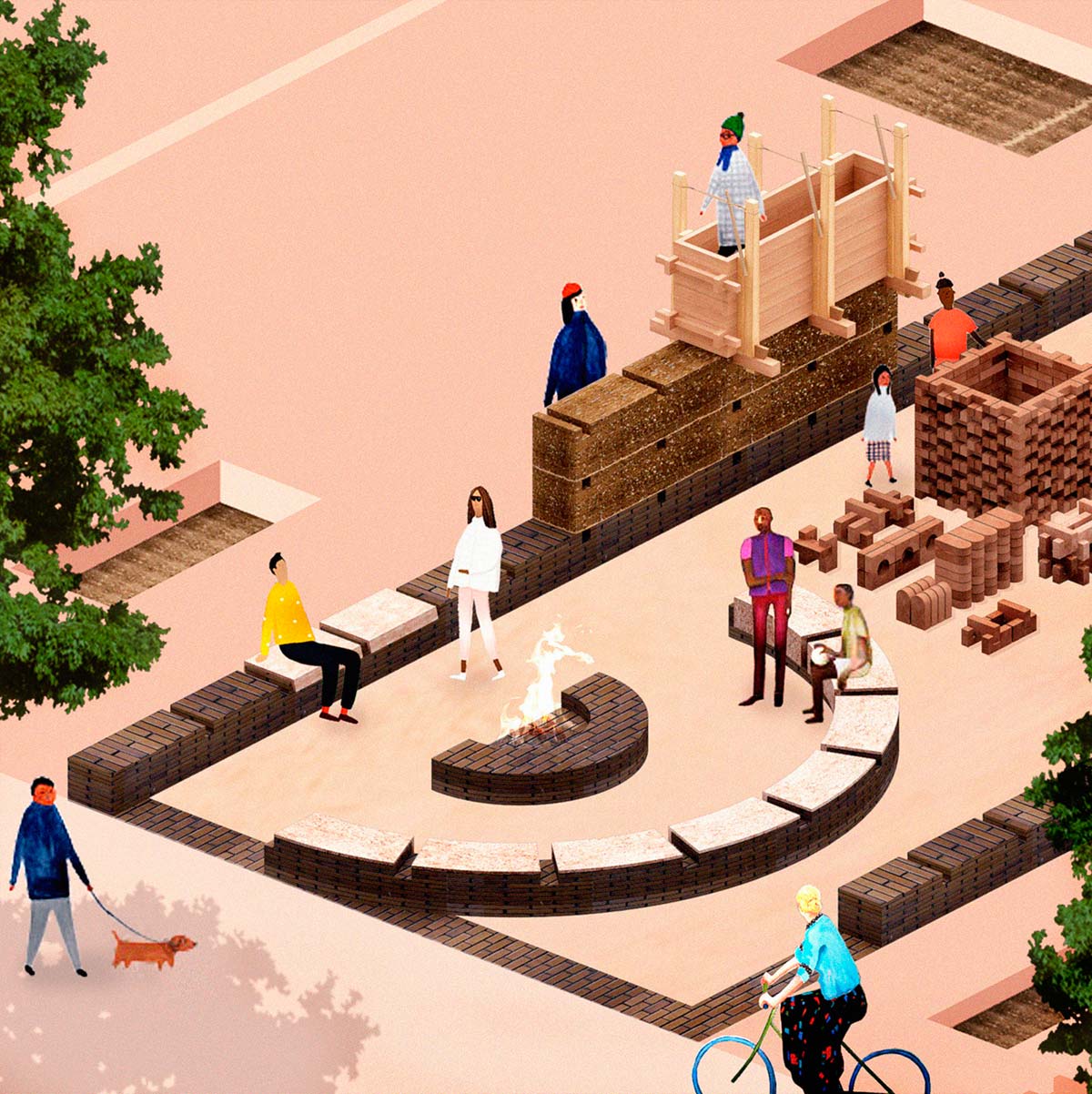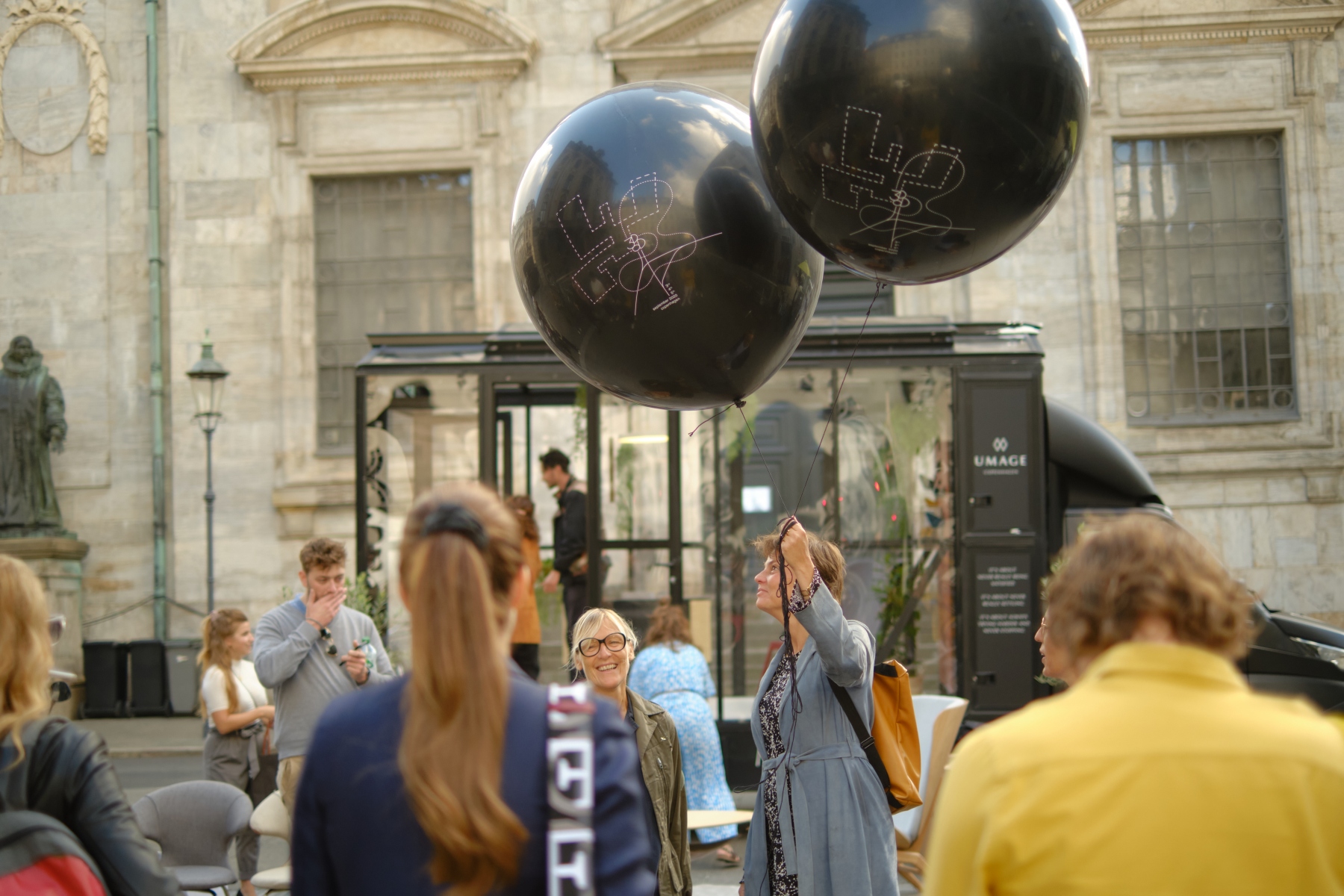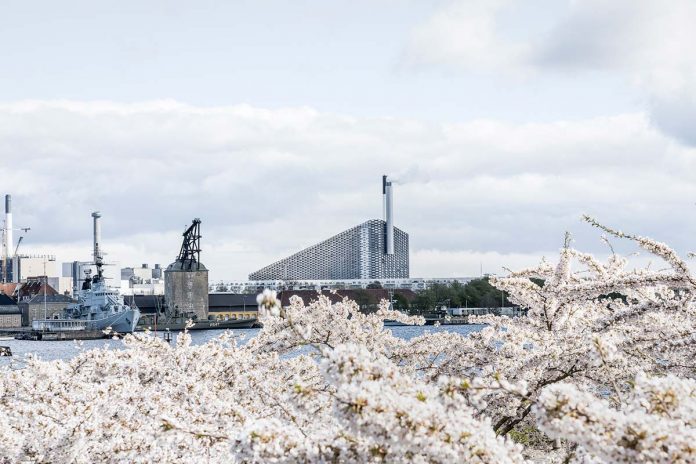A city where everyone gets around by bike, where people live in close contact with nature, where homes are energy-efficient nests and are always ‘hygge,’ cozy and intimate, in delicate hues, with wooden furnishings and pure design objects. Copenhagen is all this and more: the homeland of great masters of design and architecture like Kaare Klint, known as the father of Danish design, creator of classics like the Safari chair from 1933, one of the first do-it-yourself design objects, ready for assembly or disassembly, or like Arne Jacobsen and Hans Wegner, exponents of the Golden Age of Danish design in the 1950s and 1960s. Known in Danish as København, the capital city exists in an eternal springtime of creativity, even when the temperature plunges, warmed by the vitality and energy of design studios, hybrid art-design ateliers, galleries, showrooms and brands.
Relatively small but packed with attractions and important works of architecture, from the Danish Jewish Museum by Daniel Libeskind to the expansion of the Ordrupgaard modern art museum by Zaha Hadid, the Elephant House by Sir Norman Foster to the concert hall by Jean Nouvel, all the way to the recent CopenHill by BIG, a futuristic green waste treatment plant whose sloping form welcomes a ski trail, and the Blox Hub by the firm OMA, an impressive glass and steel structure that contains restaurants, offices, residences and the Danish Architecture Center. Then comes Nordhavn, the regeneration of the waterfront area, an ideal city in a zone that promises to become extremely cool, innovative and sustainable, designed to house 40,000 inhabitants and 40,000 workers, featuring small islands, a myriad of intersecting canals and bodies of water, with smart buildings that react in real time to consumption to achieve low environmental impact, as well as venues, rooftop fitness centers, showrooms and international restaurants.
Among the new interiors, we find the magnificent Villa Copenhagen created by the London-based firm Goddard Littlefair, the restyling of a Georgian building transformed as a hotel, a celebration of the Scandinavian spirit with spaces that reflect the atmosphere of a sophisticated Danish residence, starting with the high ceilings, the herringbone floors, the golden accents and palette of soft tones, in a tribute to the paintings of the Danish 19th-century master Vilhelm Hammershøi.
While the sky of Copenhagen lights up with the constellation of the great masters, the streets are populated by brands admired and coveted around the world, such as Fritz Hansen, which among other new entries presents the Maluma lamp by the Japanese designer Fumie Shibata, as a tribute to her native culture; Menu with the Androgyne dining table created by Danielle Siggerud; Kvadrat, which among many new items presents the fabrics by Karin An Rijlaarsdam, inspired by the crafts, traditions and landscapes of Grand-Bassam, Ivory Coast, a land of creativity; Frama with the Richardt chair by Kim Richardt, inspired by the organic forms of nature; and Takt, with the asymmetrical and geometric proposals by Sam Hecht and Kim Colin, together with the expansion of the Cross Collection by Pearson Lloyd.

Among the local studios of the moment, the design team behind the Soil Lab project, winner of awards from the Chicago Architecture Biennial and the Danish Arts Foundation, for a solution that responds to the theme of the call The Available City, towards an open city that stimulates the engagement of its citizens.
Experimentation also happens in galleries, must-visits for collectible design lovers: they include Etage Projects, just to mention one name, protagonist of Design Miami 2020, which stands out for a versatile aesthetic method, working with interdisciplinary creative talents.

If you love design, when travel finally becomes possible once more, we recommend a visit to this city during the 3 Days of Design, the main event for creativity; the next appointment is for 16-18 September 2021.



















